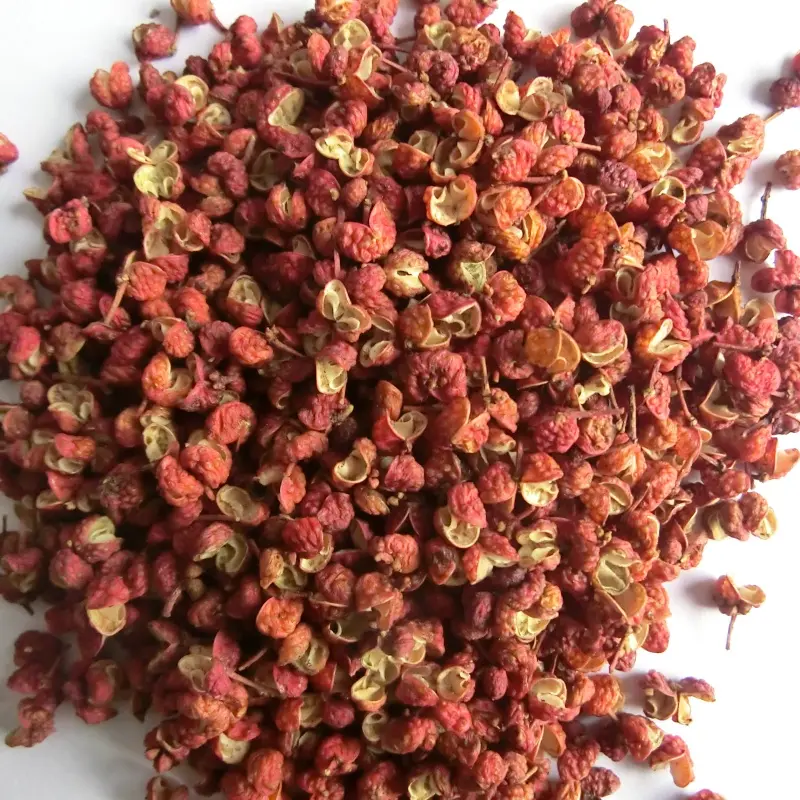Spices have been at the heart of culinary traditions and medicinal practices for centuries. Among the vast array of spices, Zanthoxylum bungeanum (commonly known as Sichuan pepper) and black pepper (Piper nigrum) stand out for their unique flavors and health benefits. While black pepper is a globally recognized staple, Sichuan pepper offers a distinct numbing and citrusy profile that defines many Asian dishes.
But which one is better—for health, for cooking, or overall? This article dives deep into their origins, nutritional properties, culinary uses, and potential drawbacks to help you decide which spice deserves a prime spot in your kitchen.
Origins and Characteristics
Zanthoxylum bungeanum (Sichuan Pepper)
Origin: Native to China, particularly the Sichuan province, and widely used in East Asian cuisines.
Plant Family: Part of the Rutaceae family, related to citrus plants.
Flavor Profile: Known for its "ma-la" (numbing and tingling) sensation due to hydroxy-alpha sanshool, along with a citrusy, floral aroma.
Forms: Used as dried husks, whole peppercorns, or ground powder.
Black Pepper (Piper nigrum)
Origin: Indigenous to South India, now cultivated in tropical regions worldwide.
Plant Family: Belongs to the Piperaceae family.
Flavor Profile: Pungent, sharp, and slightly woody, with piperine as the key bioactive compound.
Forms: Sold as whole peppercorns (black, white, green, or red), cracked, or ground.
While both are called "peppers," they come from entirely different plants and offer distinct sensory experiences.
Nutritional and Health Benefits
Both spices are rich in bioactive compounds, but their health benefits differ significantly.
Shared Benefits
Antioxidant Properties: Combat oxidative stress and inflammation.
Digestive Aid: Stimulate saliva and gastric juice secretion, improving digestion.
Antimicrobial Effects: Help fight certain bacteria and fungi.
Health Benefits of Sichuan Pepper
Unique Numbing Effect (Hydroxy-alpha sanshool)
Activates TRPV1 receptors, creating a tingling sensation that may help with pain relief.
Used in traditional Chinese medicine for toothaches and joint pain.
Potential Anti-inflammatory and Analgesic Effects
Studies suggest it may reduce inflammation, similar to capsaicin in chili peppers.
Digestive and Circulatory Benefits
Promotes blood circulation and is used to treat stomachaches in herbal remedies.
Rich in Flavonoids and Alkaloids
May support cardiovascular health and reduce oxidative stress.
Health Benefits of Black Pepper
Piperine Enhances Nutrient Absorption
Increases bioavailability of curcumin (turmeric), vitamins (A, C, selenium), and other nutrients by up to 2000%.
Boosts Metabolism and Weight Management
May aid fat breakdown and thermogenesis, supporting weight loss efforts.
Anti-inflammatory and Digestive Aid
Reduces bloating and gas; traditionally used to treat indigestion.
Cognitive and Mood Benefits
Piperine may increase serotonin and dopamine levels, potentially improving mood and brain function.
Table: Nutritional Comparison (Per 1 tsp Ground)
| Nutrient | Sichuan Pepper | Black Pepper |
|---|---|---|
| Calories | 5 kcal | 6 kcal |
| Fiber | 1g | 0.5g |
| Antioxidants | High (flavonoids) | High (piperine) |
| Key Compounds | Hydroxy-sanshool | Piperine |
Which Is Healthier?
For nutrient absorption and metabolism: Black pepper wins due to piperine.
For pain relief and unique bioactive compounds: Sichuan pepper has an edge.
Culinary Uses and Flavor Profiles
Sichuan Pepper in Cooking
Signature Dishes: Essential in Sichuan cuisine (Mapo Tofu, Hot Pot, Kung Pao Chicken).
Flavor Pairings: Works well with chili, garlic, ginger, and fermented bean pastes.
Usage Tips:
Toast lightly before grinding to enhance aroma.
Avoid overheating, as it can turn bitter.
Black Pepper in Cooking
Global Versatility: Used in nearly every cuisine—soups, marinades, steaks, salads, and even desserts (e.g., pepper-infused chocolate).
Flavor Pairings: Complements salt, lemon, herbs (thyme, rosemary), and creamy sauces.
Usage Tips:
Freshly ground pepper has the best flavor.
Add at the end of cooking to preserve its volatile oils.
Which Is More Versatile?
Black pepper is a universal seasoning, while Sichuan pepper is specialized for bold, numbing flavors.
Potential Drawbacks
Sichuan Pepper
Overuse Causes Numbing Sensation: Can be overwhelming if not balanced properly.
Not Heat-Stable: Loses flavor if cooked at high temperatures for too long.
Possible Allergies: Some people experience mild mouth irritation.
Black Pepper
Digestive Irritation: Excessive consumption may cause heartburn or stomach upset.
Milder Flavor Impact: Lacks the complexity of Sichuan pepper in certain dishes.
Which One Should You Choose?
For Health
Black pepper is better for boosting nutrient absorption and metabolism.
Sichuan pepper excels in pain relief and unique bioactive benefits.
For Cooking
Black pepper is a must-have for everyday seasoning.
Sichuan pepper is ideal for adventurous cooks exploring Asian flavors.
Best of Both Worlds?
Some chefs combine them—using black pepper for heat and Sichuan pepper for aroma and numbing depth.
Table: Zanthoxylum bungeanum vs. Black Pepper - Quick Comparison
| Feature | Zanthoxylum bungeanum (Sichuan Pepper) | Black Pepper (Piper nigrum) |
|---|---|---|
| Origin | China, East Asia | South India, tropical regions |
| Active Compound | Hydroxy-alpha sanshool (numbing) | Piperine (pungent heat) |
| Flavor Profile | Citrusy, floral, numbing ("ma-la") | Sharp, woody, spicy |
| Health Benefits | Pain relief, anti-inflammatory | Boosts nutrient absorption |
| Culinary Uses | Sichuan dishes, hot pots | Universal seasoning |
| Drawbacks | Overuse causes numbness | May irritate digestion |
Conclusion
Both Zanthoxylum bungeanum and black pepper bring incredible value to the kitchen and medicine cabinet. While black pepper is a global powerhouse for enhancing flavor and nutrition, Sichuan pepper offers an irreplaceable sensory experience in Asian cuisine.
The best choice depends on your culinary needs and health goals. Why not keep both in your spice rack and experiment? Whether you're spicing up a stir-fry or boosting your turmeric latte, these peppers can transform your meals in remarkable ways.
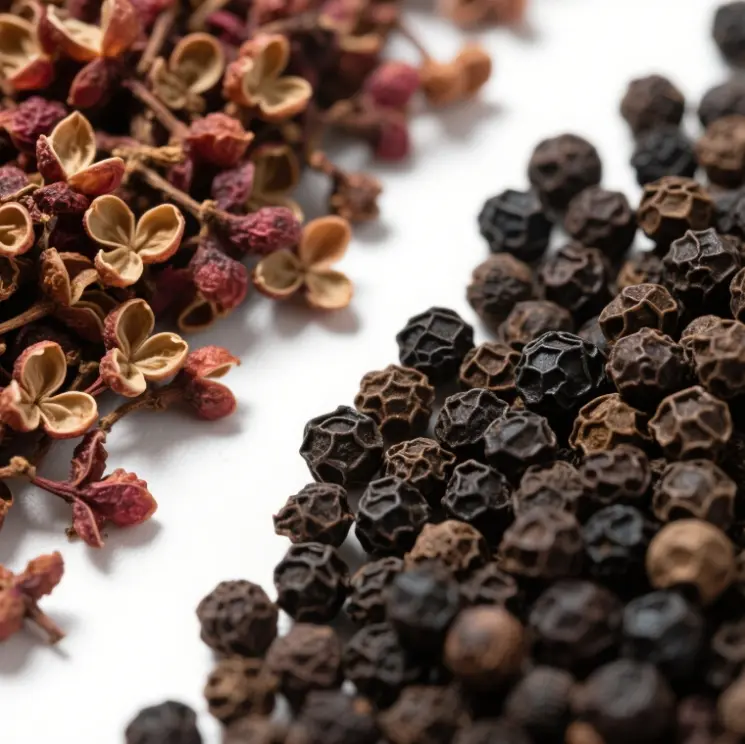
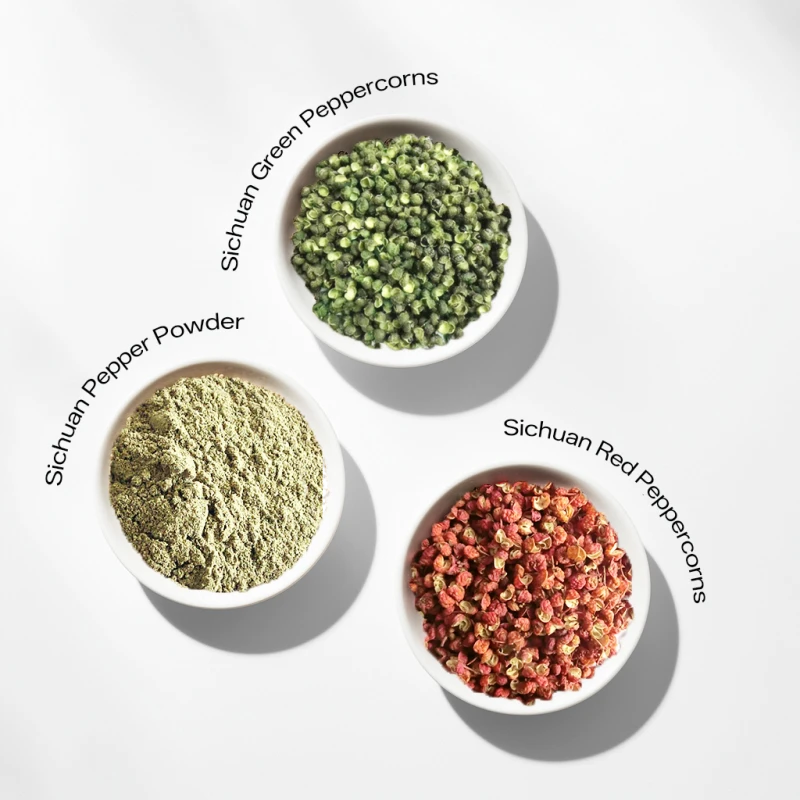
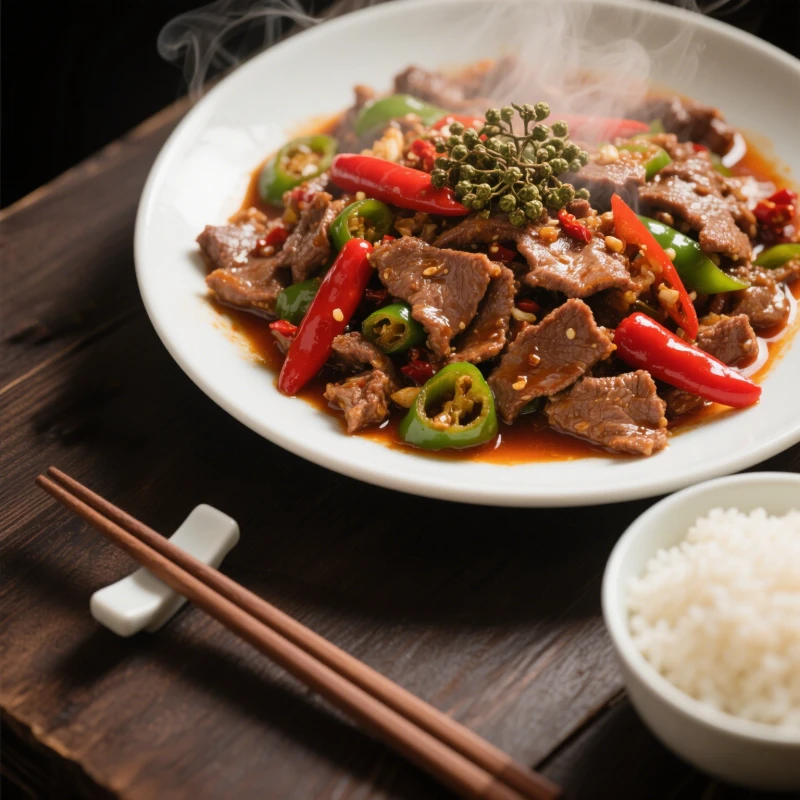
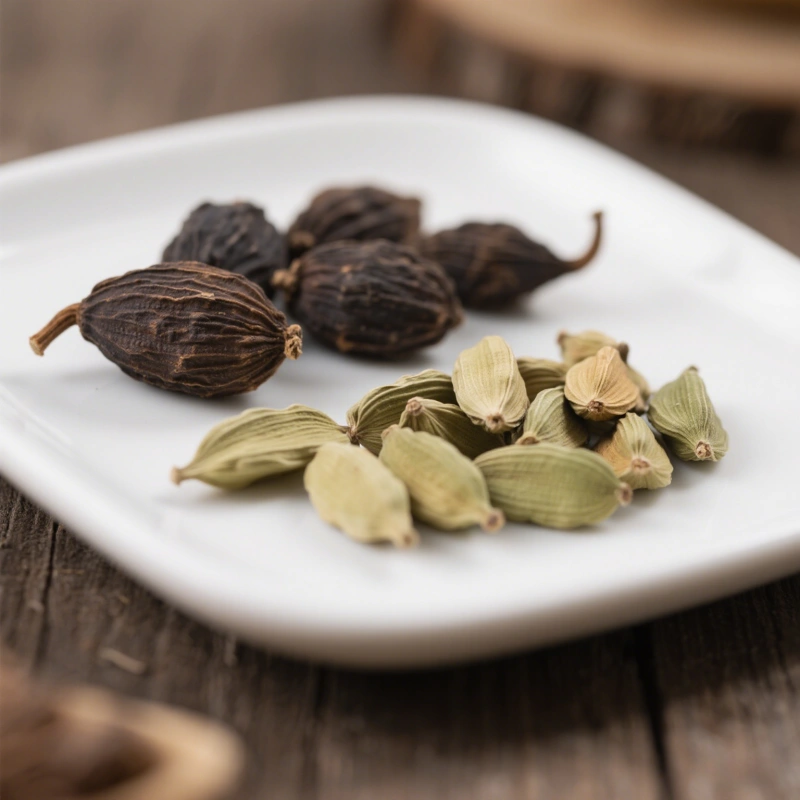
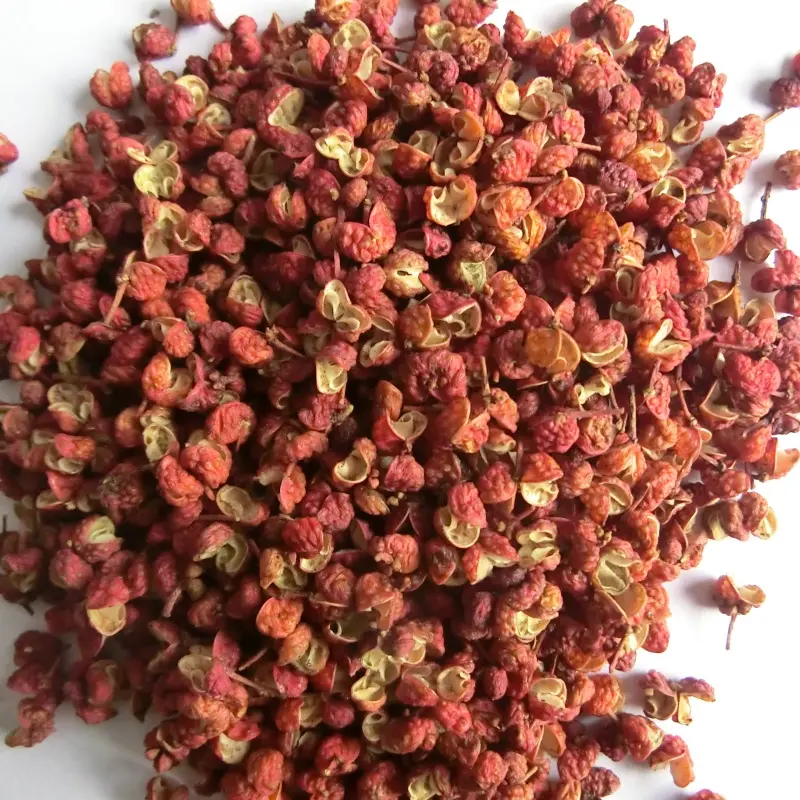
811.webp)

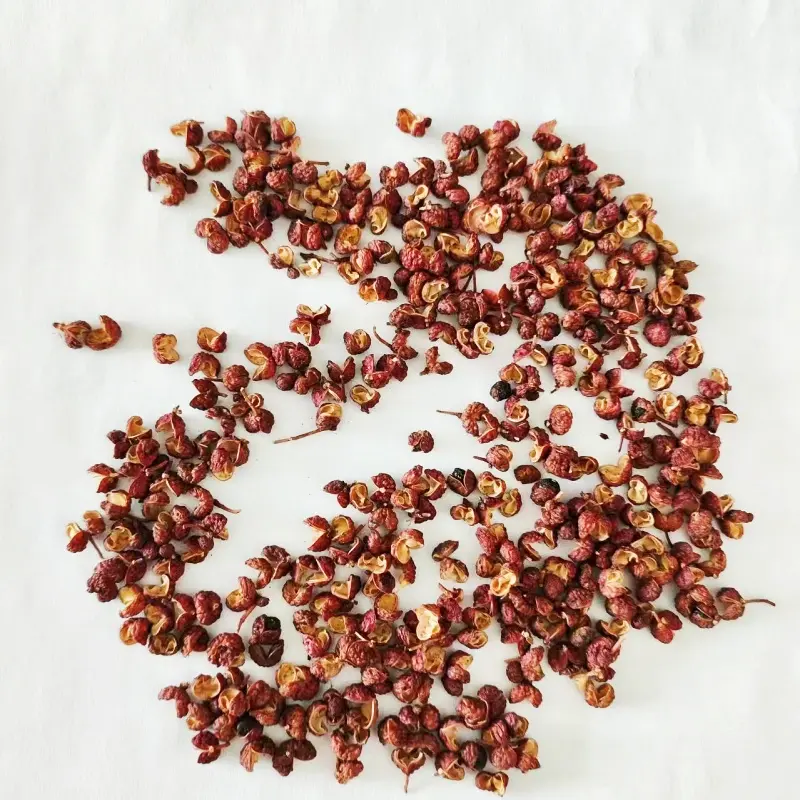
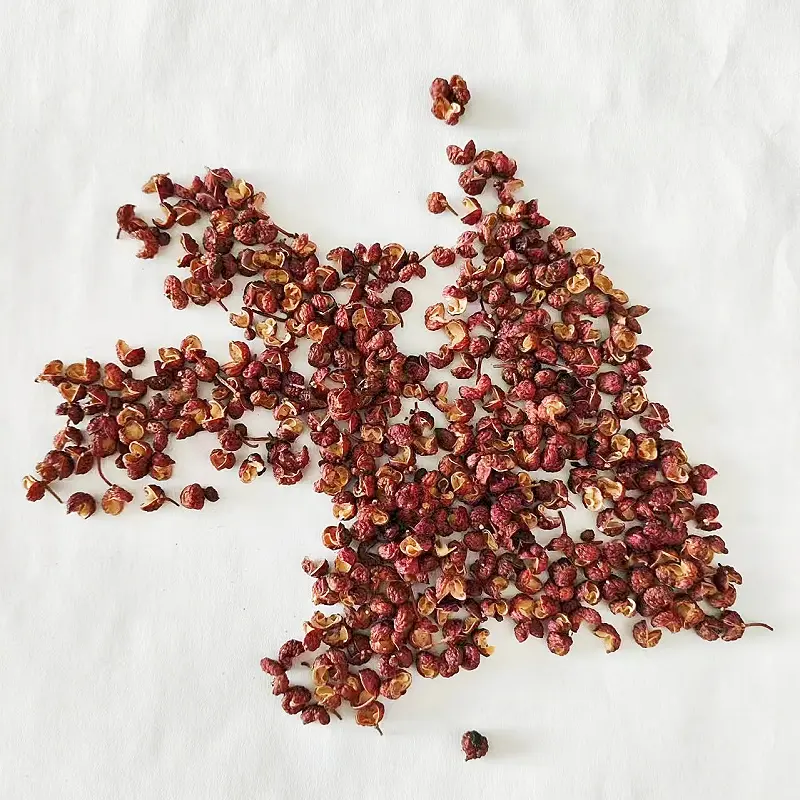
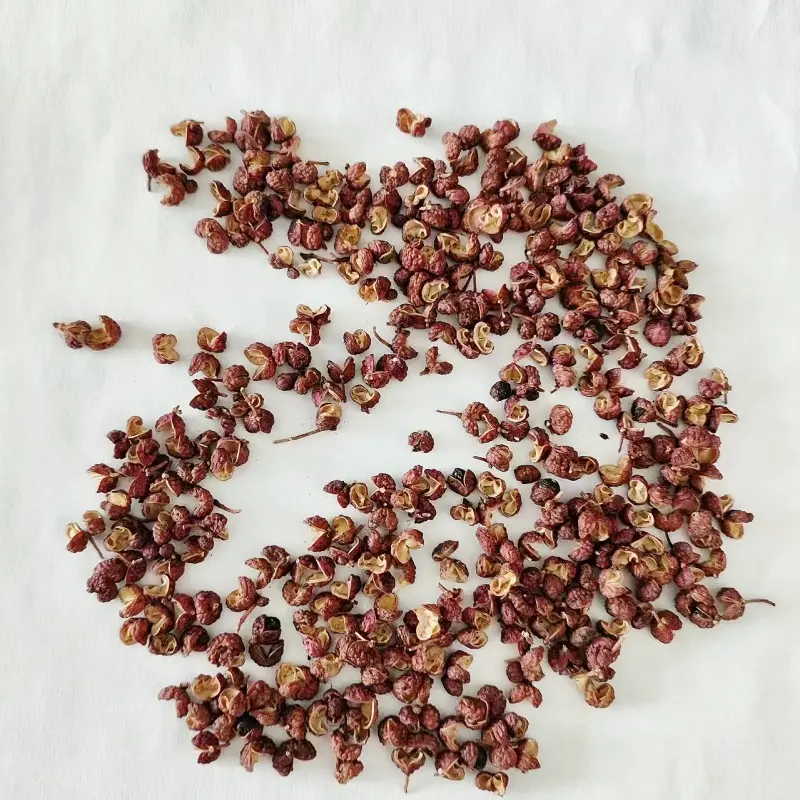
114.webp)
